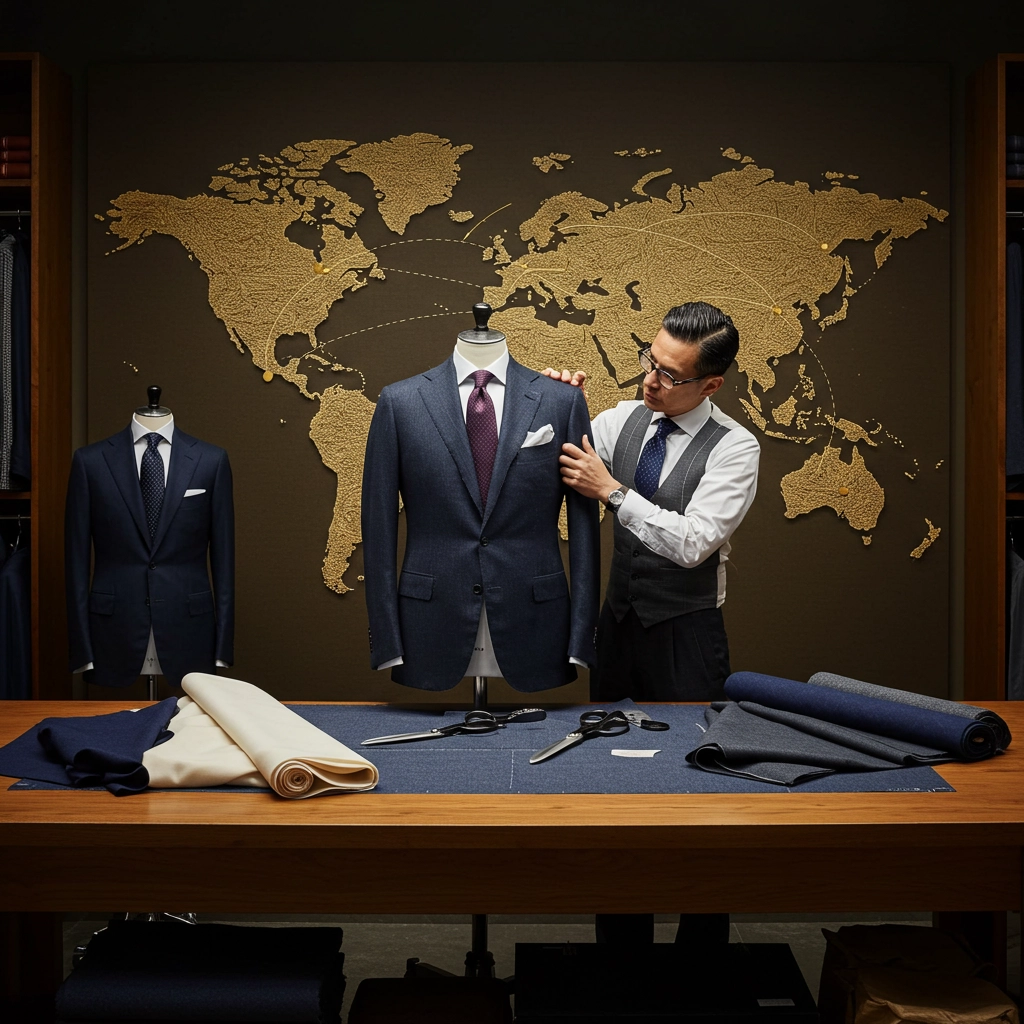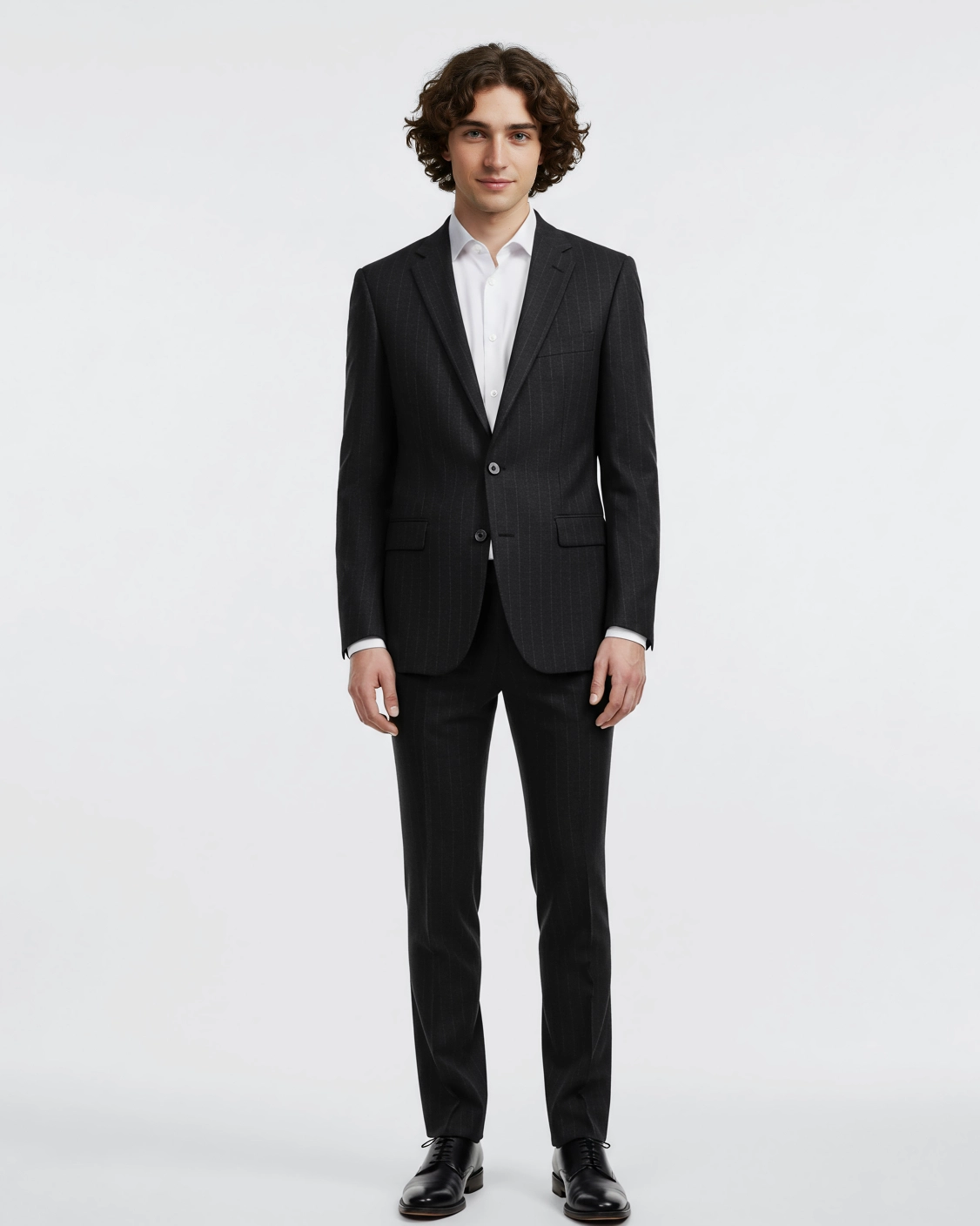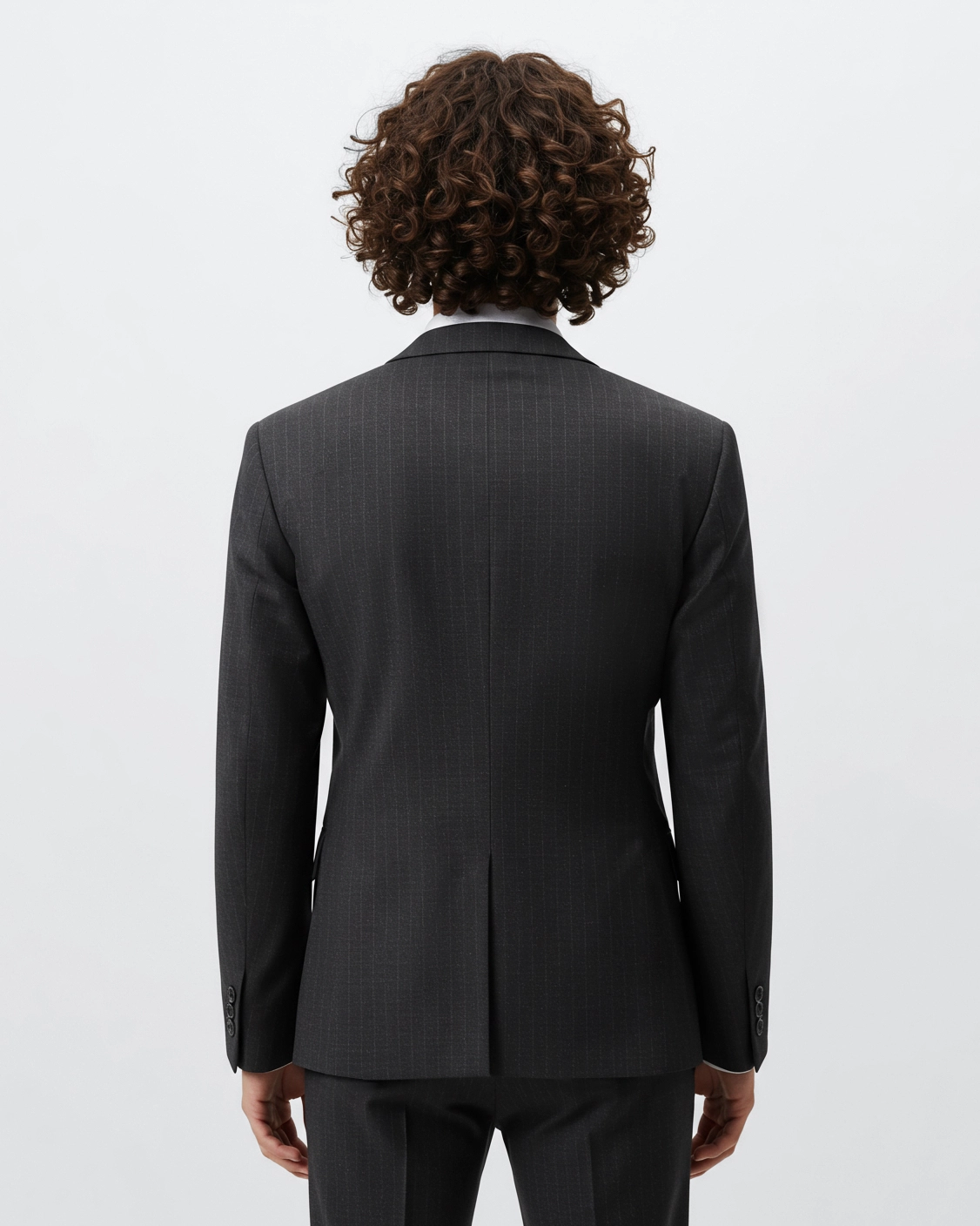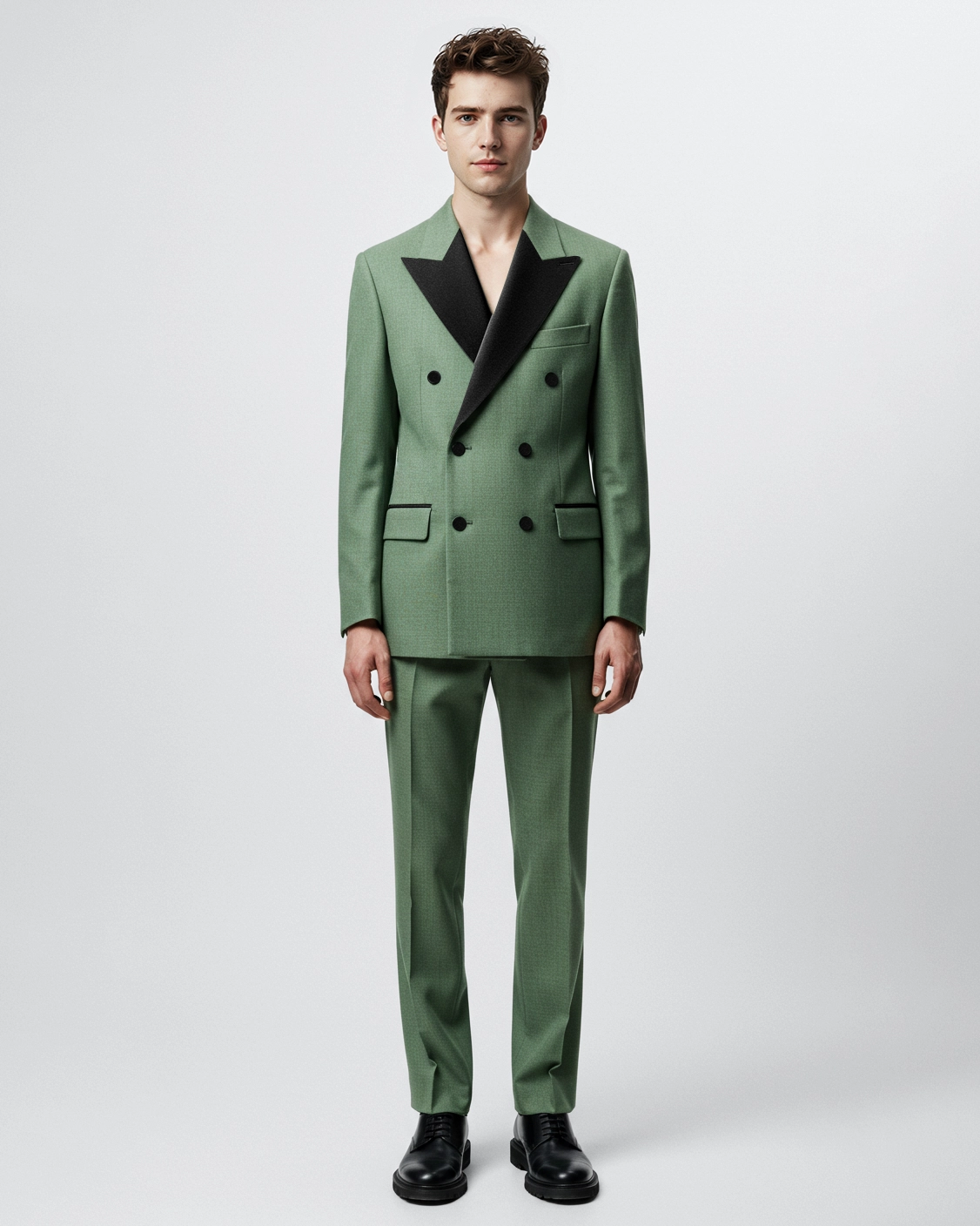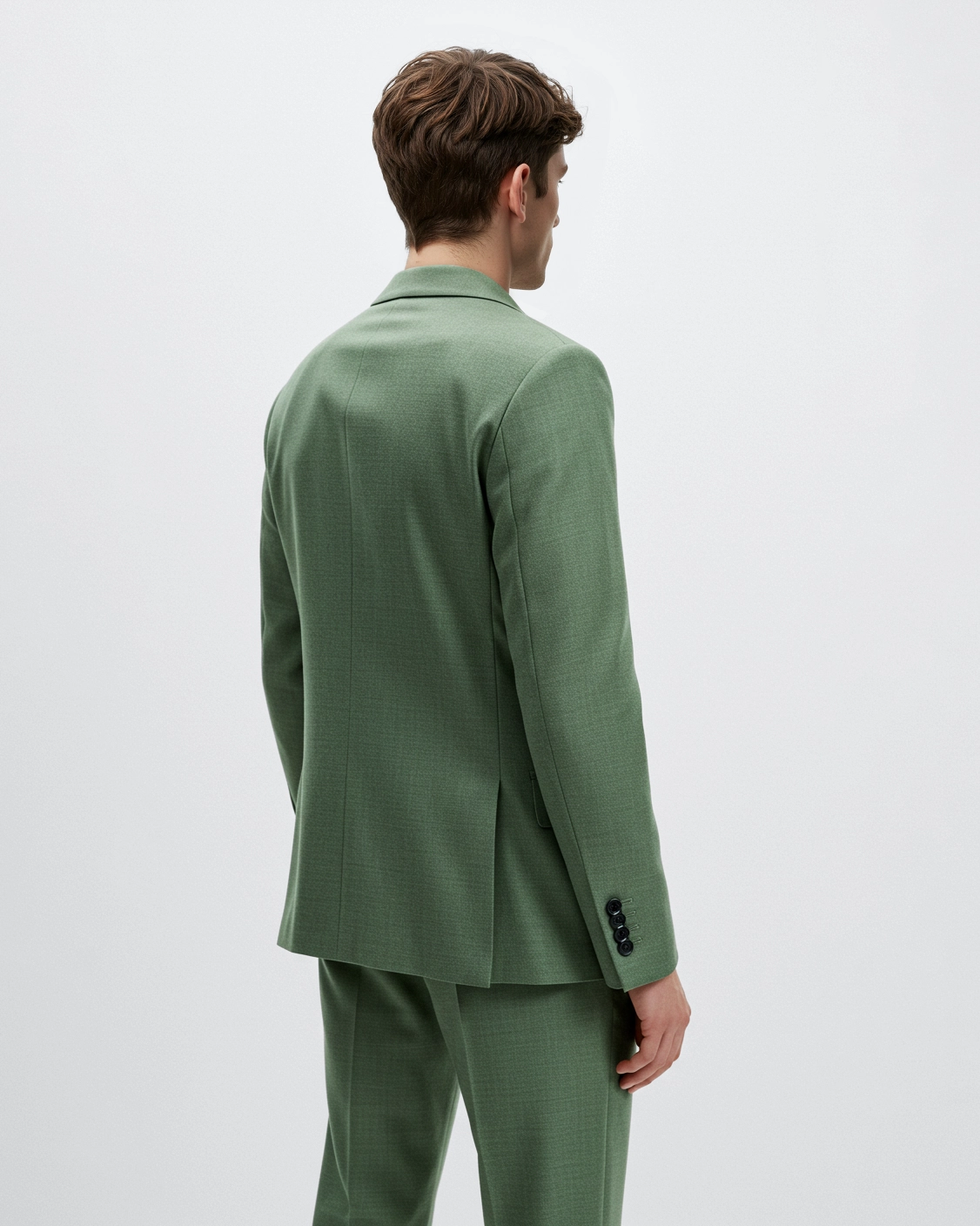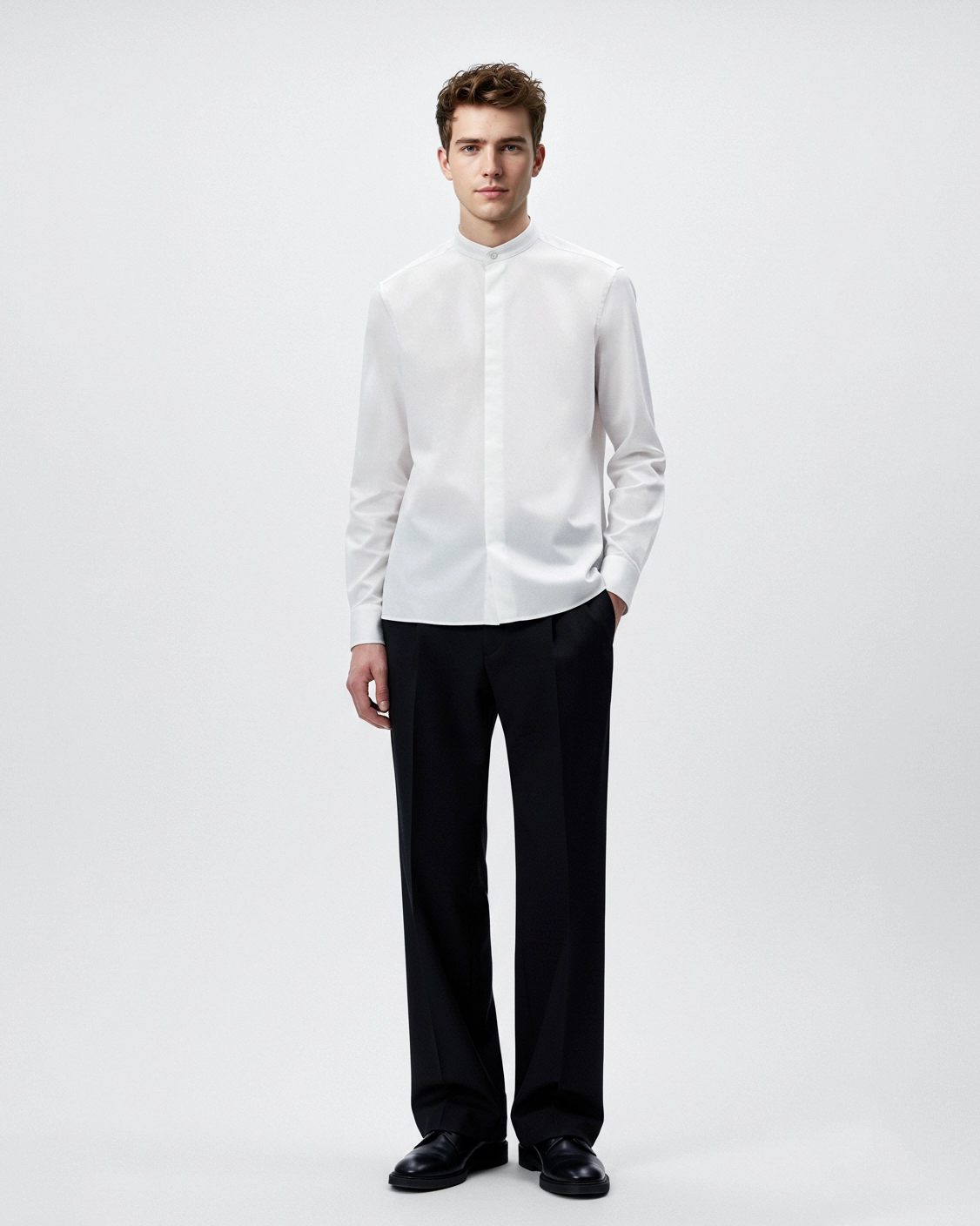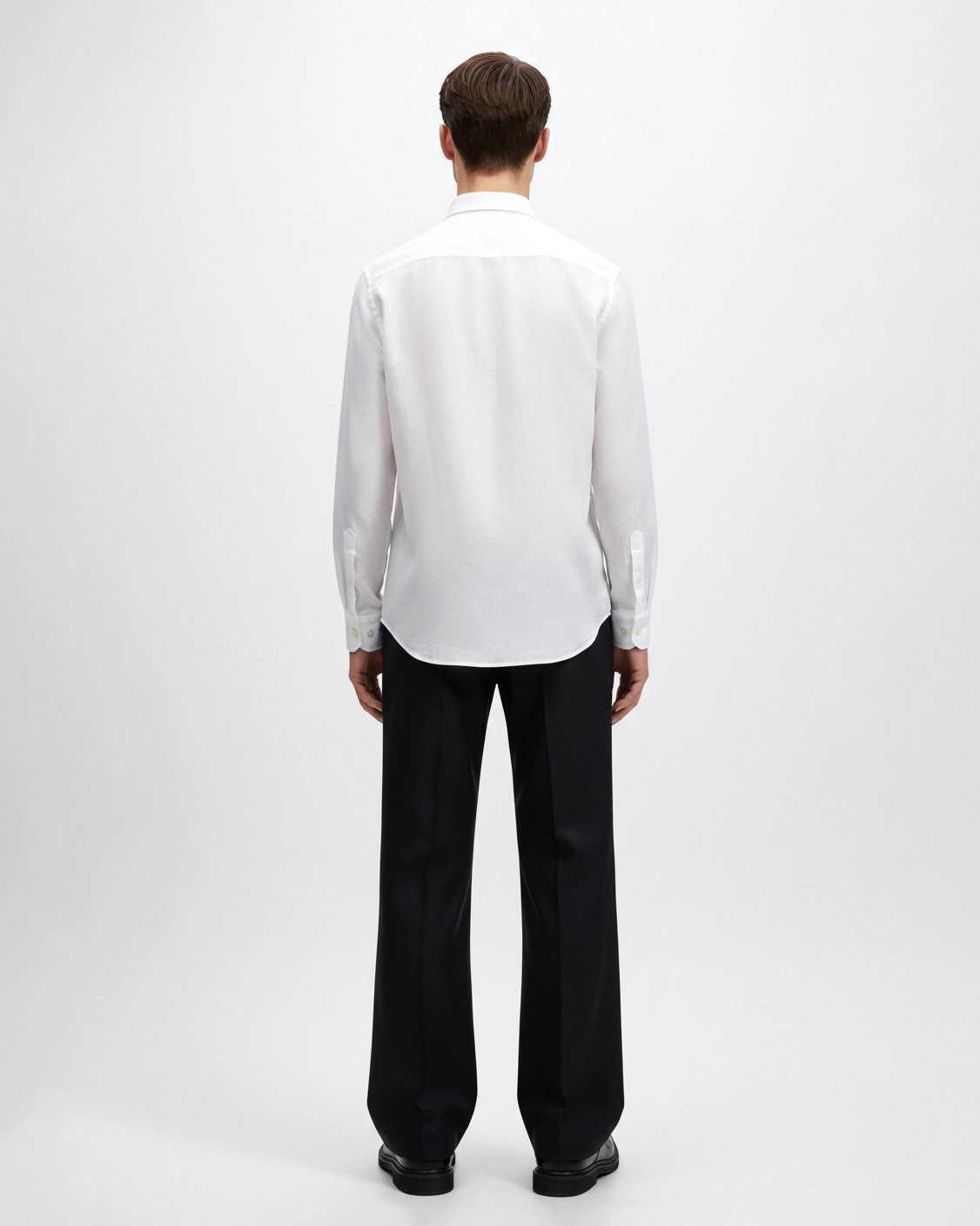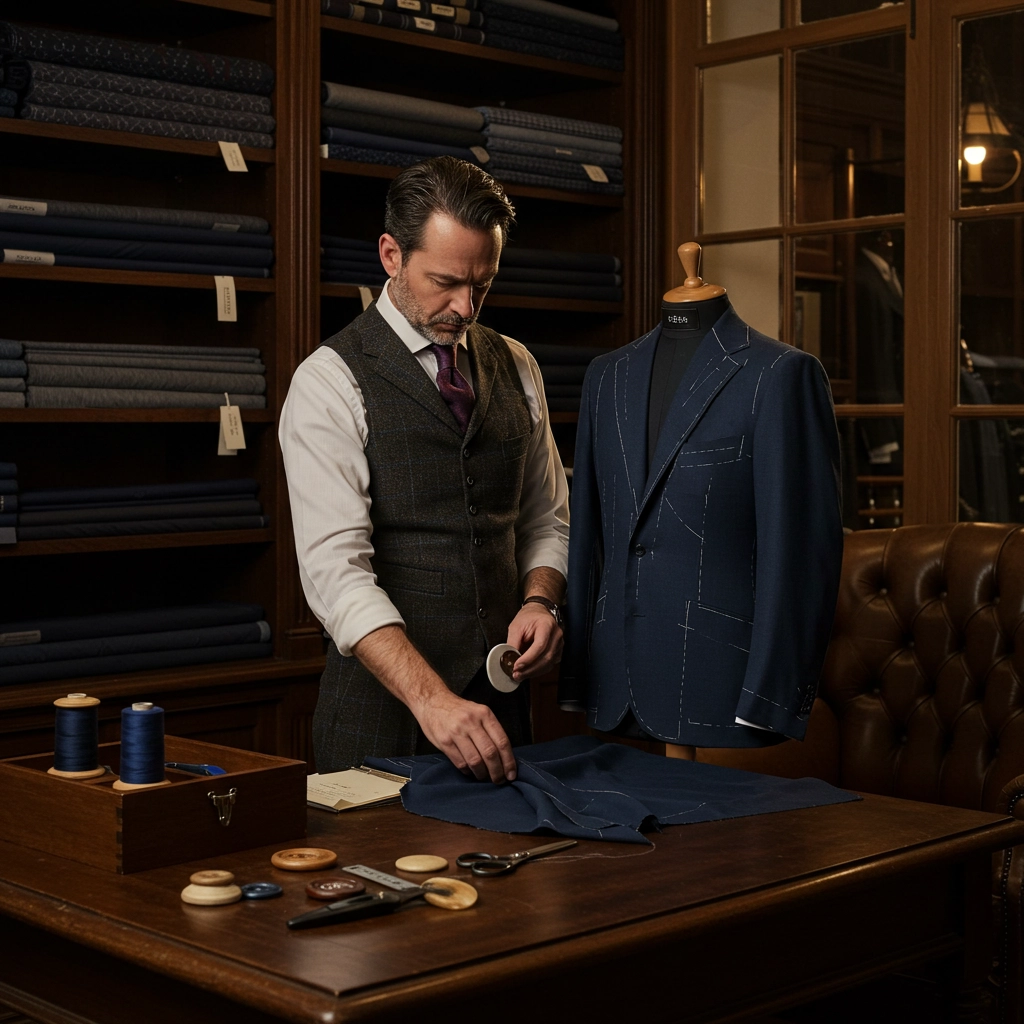How Bespoke Tailoring Reflects Global Culture and Craftsmanship
Bespoke tailoring serves as a sophisticated expression of cultural identity and craftsmanship. This article will showcase the diverse ways in which cultural backgrounds shape the styles, techniques, and aesthetics found in bespoke tailoring across the globe. We’ll take a closer look at the distinct qualities and traditions that each region contributes to this art form, ultimately influencing its character and providing consumers with a rich array of choices.
Why Culture Matters in Bespoke Tailoring
The essence of bespoke tailoring lies in its adaptability. While the core principles remain—precision fit, handcrafted excellence, and client collaboration—each region offers a unique take on what bespoke means. This cultural influence shapes both bespoke men’s clothing and women’s tailoring, bringing distinct styles, silhouettes, and detailing to life across different parts of the world:
- Historical Context: For example, British tailoring evolved from military uniforms, explaining the structured silhouettes and formal construction.
- Material Choice: Italian tailors use lightweight wool and linen, ideal for warm climates, while colder regions like Scotland favor tweed or heavier wool.
- Design Philosophy: Japanese tailoring reflects minimalism and precision. Meanwhile, African tailoring integrates bold colors and symbolic patterns.
- Purpose of Wear: In the Middle East, bespoke garments like the kandura or abaya reflect ceremonial significance, whereas in the U.S., it’s more about function and comfort.
Regional Signatures in Bespoke Tailoring
1. British Tailoring: A Timeless Tradition
- British bespoke tailoring, especially from London’s Savile Row, is the epitome of discipline and detail. Characterized by padded shoulders, structured chest, and a defined waist, the British suit — a signature of London bespoke tailors — projects authority and elegance.
- Historically tied to the aristocracy and military, the suit became a symbol of professionalism. Today, it remains a staple for formal occasions and businesswear—crafted with uncompromising standards in cutting and hand-stitching.
- Defining Traits: Structured silhouette, wool fabrics, conservative colors, high armholes.

2. Italian Tailoring: La Dolce Vita
- If the British suit is about tradition, the Italian suit is about expression. Italian tailoring, especially from Milan and Naples, offers softer construction, lighter fabrics, and a flair for individuality.
- Neapolitan suits are famed for their “spalla camicia” (shirt shoulder), unlined jackets, and vibrant styling. Comfort is key—but never at the cost of sophistication. Italian tailors treat clothing as a joyful extension of personality and lifestyle.
- Defining Traits: Light canvas, soft shoulders, slim fit, bold colors, and relaxed elegance.

3. American Bespoke: Utility and Versatility
- American bespoke tailoring leans toward practicality, blending the precision of classic tailoring with a more relaxed sensibility. Influenced by Ivy League prep and Hollywood glam, U.S. tailoring reflects freedom and individualism.
- Clients often request hybrid garments—blazers that double for work and evening wear, or suits that feel as comfortable as loungewear.
- Defining Traits: Functional cuts, casual structure, fusion of formal and streetwear, broader fit options.

4. Japanese Tailoring: Precision and Purity
- Japan brings an unmatched respect for form and technique into bespoke tailoring. Influenced by Zen aesthetics and traditional garments like the kimono, Japanese tailoring focuses on quiet beauty and meticulous detail.
- Many Japanese tailors prioritize clean lines, hidden seams, and subtle textures—celebrating the philosophy of “wabi-sabi”: beauty in simplicity and imperfection.
- Defining Traits: Minimalist silhouettes, muted color palettes, fine handwork, silent luxury.

5. Middle Eastern Tailoring: Elegance and Ceremony
- In Middle Eastern cultures, clothing is both an art form and a status symbol. Bespoke garments such as the kandura, bisht, or abaya are tailored with luxurious fabrics like silk, cashmere, and gold-threaded brocade.
- Tailors in this region balance ornate tradition with contemporary elegance, designing pieces that are worn during significant life events, religious gatherings, or elite social functions.
- Defining Traits: Rich textiles, hand embroidery, ceremonial purpose, heritage symbolism.

6. African Tailoring: Tradition in Technicolor
- African bespoke tailoring showcases a dynamic fusion of heritage and modernity. Tailors creatively adapt vibrant traditional fabrics—like Ankara, Kente, or wax prints—into contemporary suits and dresses.
- Each fabric carries cultural symbolism, and the final garment often tells a personal or community story. Bespoke in this context becomes a wearable celebration of identity.
- Defining Traits: Bold colors, symbolic patterns, locally sourced fabrics, fusion of past and present.

7. Scandinavian Tailoring: Clean Lines and Conscious Craft
- Scandinavian design is known for its minimalism, and bespoke tailoring in the region is no exception. Tailors in countries like Sweden and Denmark emphasize sustainability, durability, and clean aesthetics.
- The focus is on reducing excess: fewer seams, neutral tones, and eco-friendly fabrics—tailored not just to the body, but to a lifestyle of simplicity and mindfulness.
- Defining Traits: Understated elegance, environmentally conscious materials, form-function harmony.

The Future: Where Global Meets Personal
As borders blur and tastes globalize, bespoke tailoring is entering a new era—one where regional heritage and individual identity merge seamlessly.
- Tech Integration: Digital fittings, 3D body scanning, and remote consultations are making bespoke more accessible than ever.
- Cross-Cultural Hybrids: : A Neapolitan suit cut in Japanese denim. A British-style coat with African wax lining. The possibilities are endless for bespoke tailored suits that blend tradition with innovation.
- Personal Storytelling: Clients are increasingly requesting garments that reflect their unique story—heritage, profession, values, and aspirations.
Conclusion: Wearing Your Culture, Your Way
Bespoke tailoring is not just about perfect fit—it’s about belonging, heritage, and self-expression. Whether you’re channeling Savile Row precision, Italian charm, or Japanese subtlety, bespoke allows you to wear your story with pride. In a world of fast fashion, bespoke tailoring remains a tribute to patience, personalization, and timeless style.


